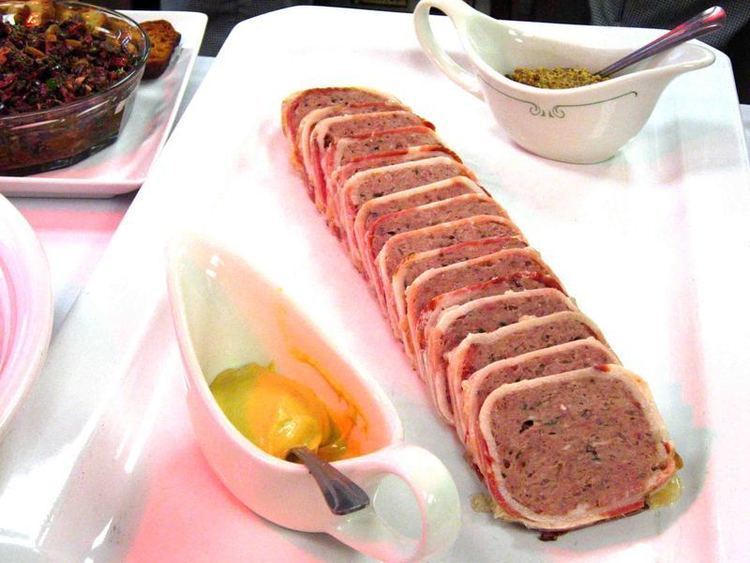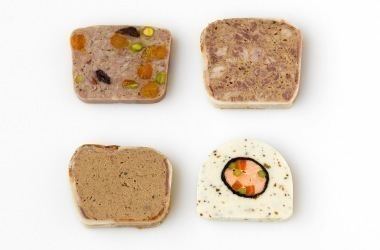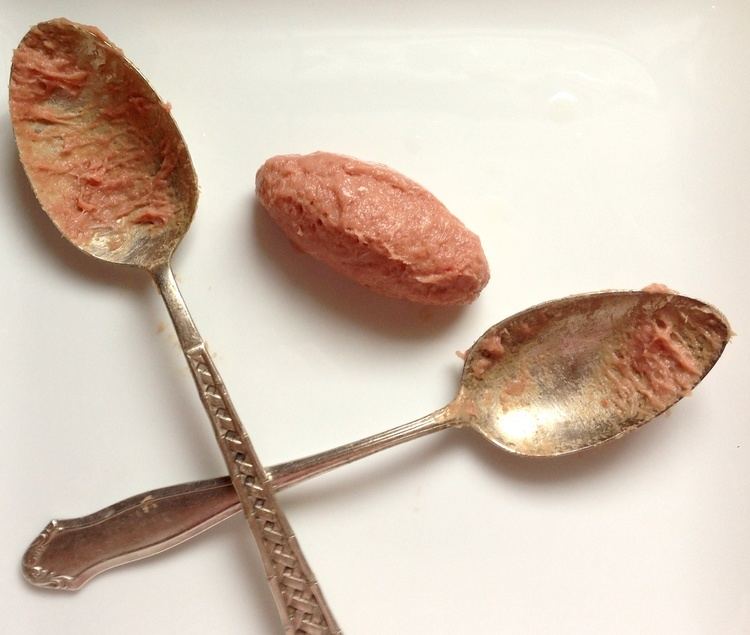 | ||
Similar Terrine, Frikadeller, Ballotine, Galantine, Pâté | ||
Learn to make chicken forcemeat with practical cookery
Forcemeat is a mixture of ground, lean meat mixed with fat by either grinding, sieving, or pureeing the ingredients. The result may either be smooth or coarse, depending on the desired consistency of the final product. Forcemeats are used in the production of numerous items found in charcuterie; such items include quenelles, sausages, pâtés, terrines, roulades, and galantines. Forcemeats are usually produced from raw meat, except in the case of a gratin forcemeat. Meats commonly used in the production of forcemeats include pork, fish (pike, trout, or salmon), seafood, game meats (venison, boar, or rabbit), poultry, game birds, veal, and pork livers. Pork fatback is often used for the fat portion of a forcemeat as it has a somewhat neutral flavor.
Contents
- Learn to make chicken forcemeat with practical cookery
- Forcemeat meatballs 18th century cooking s4e9
- History
- Types
- Secondary binders
- References

Forcemeat meatballs 18th century cooking s4e9
History
Forcemeats are an ancient food, and are included in Apicius, a collection of Roman cookery recipes, usually thought to have been compiled in the late 4th or early 5th century CE.
Types
Secondary binders
Often the only binder in a forcemeat is the physical structure of the protein used. Sometimes a secondary binder is necessary to hold the mixture. These binders are generally needed when preparing the country-style and gratin forcemeats. The three types of binders include eggs, nonfat dry milk powder, and panades. A panade can be made from starchy ingredients which aid in the binding process; these include well-cooked potatoes which have been pureed, cream-soaked bread, or pâte à choux.

